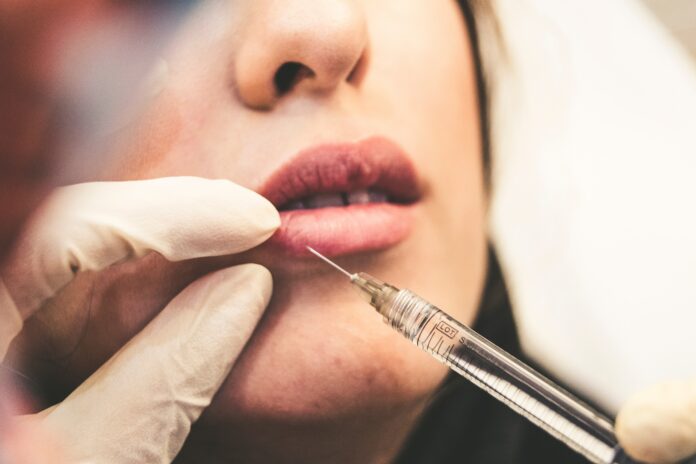
Introduction
Dermal fillers have become a cornerstone in the world of cosmetic facial treatments, offering a non-surgical alternative for those seeking to rejuvenate their appearance. If you’re contemplating the use of fillers for facial enhancement, this all-inclusive guide will walk you through its history, applications, and what to expect during and after the treatment.
The Evolution of Dermal Fillers: A Historical Perspective
The journey of dermal fillers began in the early 1900s, but it was the introduction of collagen injections in the 1980s that truly revolutionized the field. Today, hyaluronic acid-based fillers like Juvederm and Restylane are the gold standard, offering safer and more effective results.
Versatile Applications: The Many Uses of Fillers
Dermal fillers are incredibly versatile and can be used to address a variety of cosmetic concerns, including:
- Smoothing out static wrinkles
- Adding volume to cheeks and lips
- Filling in under-eye hollows
- Contouring the jawline and chin
The Science Unveiled: How Do Dermal Fillers Work?
Unlike Botox, which paralyzes muscles, dermal fillers work by adding volume to the skin. Most modern fillers use hyaluronic acid, a substance naturally found in the skin, making them biocompatible and safe. When injected, these fillers plump up the skin, effectively filling in wrinkles and hollow areas.
Longevity Matters: How Long Do Fillers Last?
The duration of the effects varies depending on the type of filler and the area treated. Generally, you can expect the results to last anywhere from 6 months to 2 years. Some newer fillers even offer results that can last up to 5 years.
The Procedure: What to Expect When Getting Fillers
Dermal fillers are typically offered in medical spas, dermatology clinics, or specialized aesthetic centers. The treatment process is relatively straightforward:
- Initial consultation to discuss treatment goals
- Facial assessment and marking of injection sites
- Application of a topical anesthetic
- Injection of the dermal filler
- Post-treatment evaluation
Setting the Right Expectations: Post-Treatment Outlook
After receiving dermal fillers, you can generally expect:
- Immediate visible results
- Mild to moderate swelling or bruising
- Minimal downtime, allowing you to resume normal activities quickly
Best Practices for Post-Treatment Care
- Avoid Sun Exposure: Limit sun exposure and use SPF to protect the treated areas.
- Skip Intense Workouts: Refrain from strenuous exercise for at least 24-48 hours.
- Follow Provider Guidelines: Adhere to any aftercare instructions given by your healthcare provider.
- Stay Hydrated: Drink plenty of water to help maintain the filler’s effects.
- Regular Check-ups: Schedule follow-up appointments to assess the longevity of the treatment and plan for touch-ups, if necessary.
Conclusion
Dermal fillers offer a convenient, effective, and non-invasive way to enhance your facial appearance. By understanding their history, how they work, and what to expect, you can make an informed decision about whether this treatment is right for you. Always consult a qualified healthcare provider for personalized advice and follow best practices for post-treatment care to ensure optimal results.



